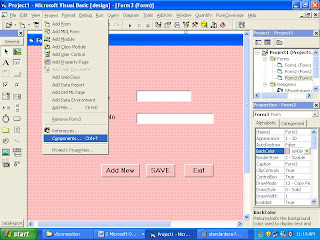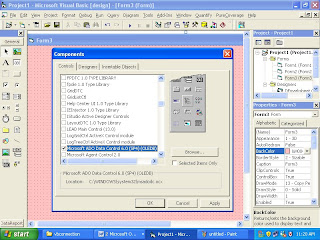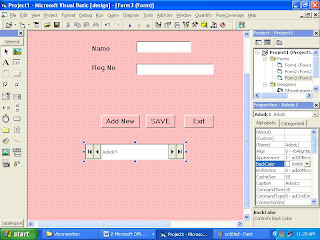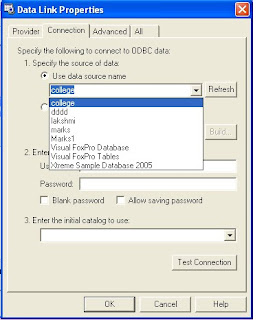- ENUMERATION
- FUNCTION OVERLOADING
- SCOPE AND STORAGE CLASS
- STACK
- QUEUE
- CONSTRUCTOR AND DESTRUCTOR
- COPY CONSTRUCTOR
- CONSTRUCTOR OVERLOADING
- PARAMETERIZED CONSTRUCTOR
- STATIC MEMBER AND METHODS
- OVERLOADING BINARY OPERATORS
- OVERLOADING UNARY OPERATORS
- CREATION OF CLASSES
- INLINE FUNCTION
- VECTOR CONTAINER
- EXCEPTION HANDLING
- FUNCTION TEMPLATE
- ITERATORS
- SINGLE INHERITANCE
- MULTILEVEL INHERITANCE
- MULTIPLE INHERITANCE
- HYBRID INHERITANCE
- TEMPLATE CLASS
- VIRTUAL FUNCTION
Page: 1 2 3 4 5 6 7 8 9 10 11 12 13 14 15 16 17 18 19 20 21 22 23 24












 Click On Add Button
Click On Add Button